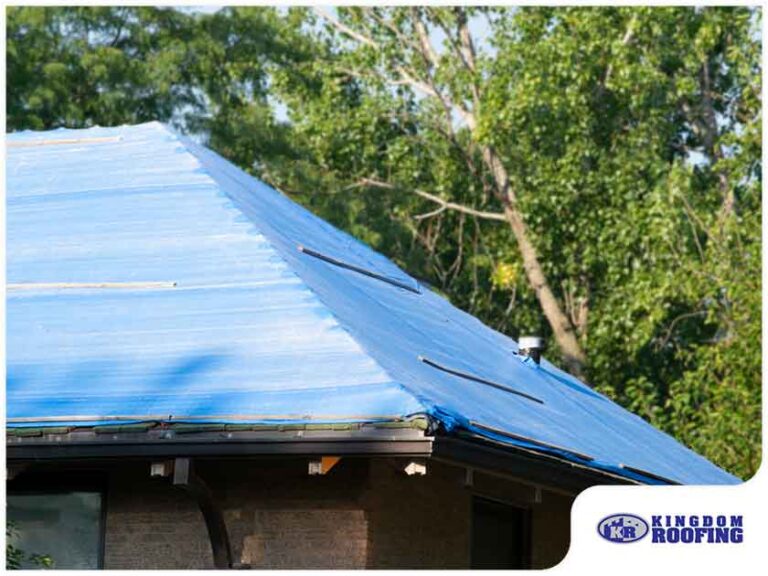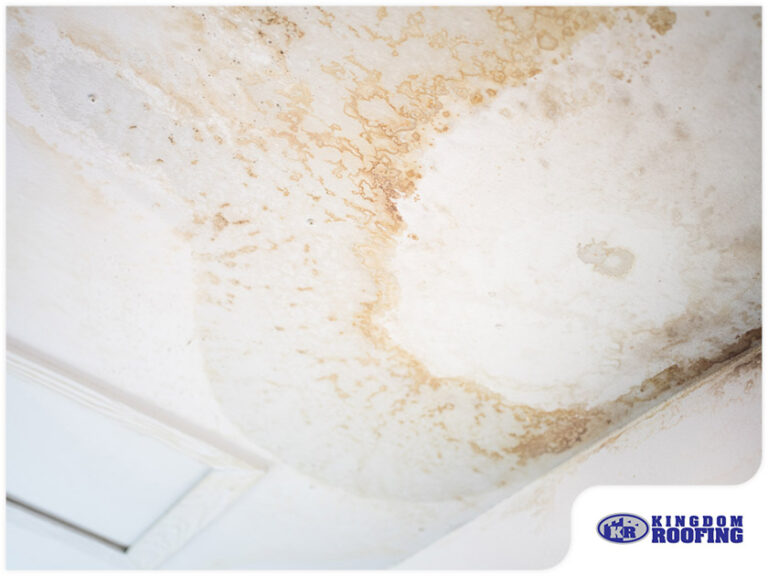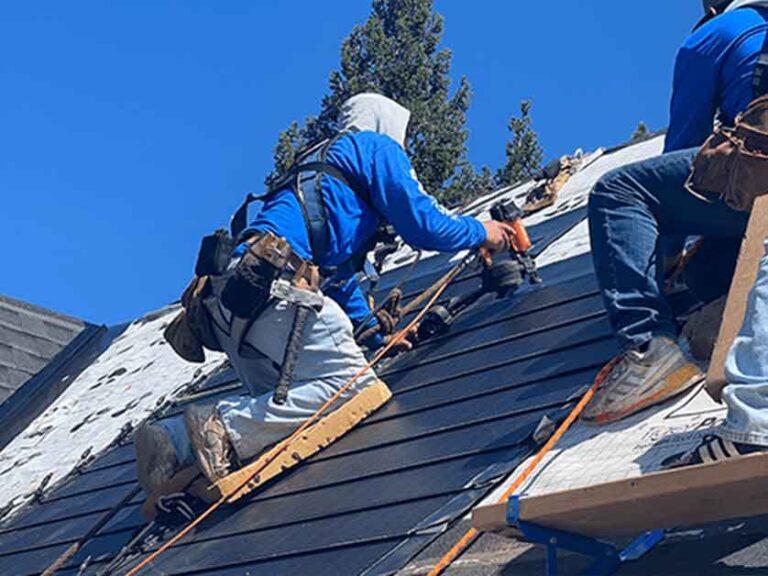The roof is your home’s primary form of defense against the elements, but it’s also the part of your home that’s most susceptible to catching fire. Winds carrying embers can reach your roof well before wildfires do. To reduce the risk of fire damage, most building codes require homeowners to use fire-rated roofing materials.
In general, there are four fire rating classifications. [company_name], your trusted roofing contractor, elaborates on the different fire rating classifications below:

-
Class A – It’s highly recommended that homeowners in areas prone to wildfires install Class A roofing shingles, which have the highest fire resistance.
-
Class B – Class B shingles should be able to withstand moderate fires with a maximum flame spread of 8 feet.
-
Class C – Class C roofing materials provide bare minimum protection against fire damage.
-
Unrated – You should avoid using commercial roofing materials that are unrated. These roofing materials weren’t rated because they didn’t meet the requirements to be classified under Class C, which is the lowest fire classification rating.
The Most Widely Used Fire-Resistant Roofing Materials
What are the most commonly used fire-resistant roofing materials?
-
Asphalt shingles – There are several reasons why asphalt shingles are the most popular material for roofing replacement projects. They’re lightweight, durable and resistant to flames. In particular, Class A shingles can withstand exposure to fires for about two hours.
-
Metal roofing panels – Since metal is non-combustible, roofing panels made from this material are highly resistant to fires. Keep in mind that the overall fire rating of a metal roof is affected by its underlayment.
What Are the Common Types of Underlayment?
Thanks to its affordability, felt underlayment is the most common type of underlayment for steep-slope metal roofs. However, it can’t handle high temperatures very well. Another option is synthetic underlayment, which has a higher tolerance for extreme temperatures. To learn more about your options, consult one of your local roofers.
[company_name] offers a wide range of professional roof replacement and roof repair services. To get a free inspection and estimate, call us at (941) 217-2411 or fill out this form.



